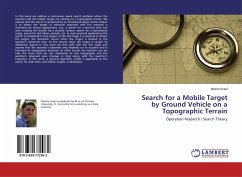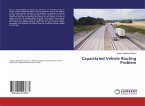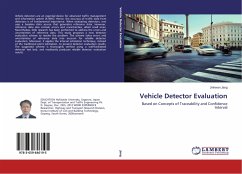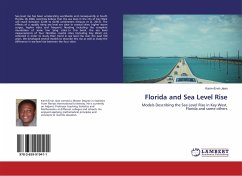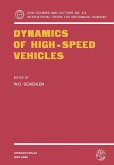In this study we address a continuous space search problem where the searcher and the mobile target are moving on a topographic terrain. We assume that the search is conducted by an unmanned agent whose mission is to detect the target in minimum expected time. The research is motivated by various applications, e.g., a search for a terrorist who was seen crossing the border by a security camera, search for a parachuted cargo, search for lost hikers, animals, etc. In most practical applications the search is conducted in two stages: at the first stage it is required to detect the target, the detection occurs when the target is located in the searcher's observed area. At the second stage the target is caught by additional agents. In this work we deal only with the first stage and assume that the searcher's observed area depends on its location and is bounded by topographic obstacles. In other words, the searcher can see only the areas that are not shadowed by the topography and the searcher's observed area changes in time along with the searcher's trajectory. In this work, a general algorithm, which is applicable to the search for both static and mobile targets, is developed.

